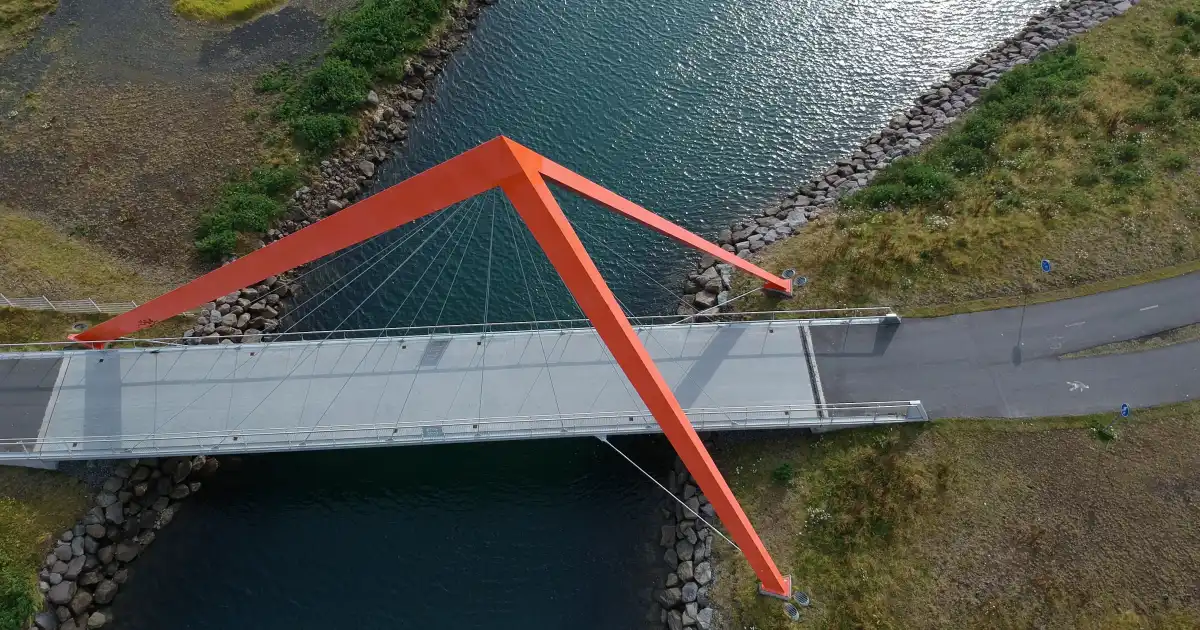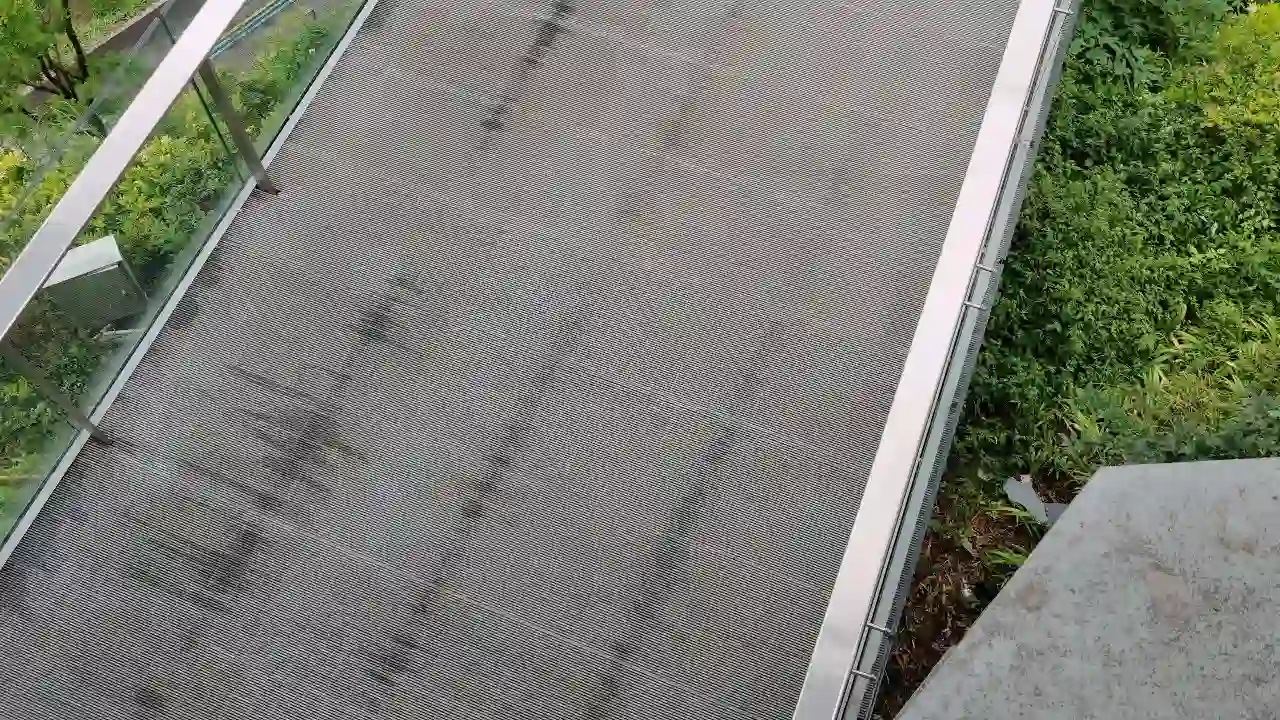When you walk on a pedestrian footbridge, can you feel the strong and sturdy material under your feet besides feeling the view from above? This bridge that brings you a sense of security and convenience is all thanks to bridge decking. It provides a smooth path for pedestrians and is an important component of the bridge-building world that cannot be ignored. So let’s delve into bridge decking and discover why it’s vital to our modern lifestyles.

What is the meaning of the deck of a bridge?
Bridge decking is typically between 8 and 12 inches thick. It represents the protective layer laid on the bridge surface to prevent the wheels from directly abrading the bridge deck. It also provides a flat, non-slip access surface for pedestrians and vehicles. It usually consists of three parts: the main body of the decking, the waterproofing layer, and the bonding layer.
- The main body of the pavement is used to resist abrasion of the bridge deck by vehicles or pedestrians and to form a stable and level surface.
- The waterproofing layer is located under the main body of the pavement and prevents corrosion of the bridge deck steel plates by water seeping through the pavement surface.
- The bonding layer is located between the bridge deck and the waterproofing layer and ensures a good bond between the deck paving and the bridge deck plate.
What is the function of the bridge deck?
Apart from providing a safe, convenient, and slip-resistant all-weather platform for vehicles and pedestrians, bridge decking protects bridge structures. It also reduces the corrosive effects of precipitation and snowfall on the bridge structure and reduces the impact of vehicle loads on the structure.
This, coupled with the fact that bridge decking can withstand decades of heavy use, ensures the long-term integrity and safety of the bridge.

Bridge decking materials
Bridge decks can be composed of different materials, each ensuring structural integrity and offering different properties. Let’s analyze some of the most critical materials:
Concrete bridge deck
Cement concrete paving is the material of choice for many bridge decks. It has the advantages of high strength, wear resistance, good stability, and easy maintenance. However, cement concrete pavement is longer and has more joints, poorer flatness and affects the comfort of driving, there are repair difficulties.
FRP bridge deck
The advantages of this material are obvious: it is lightweight, about one-third the weight of a conventional concrete slab. This makes transportation and installation easier and saves time while saving a certain amount of cost.
The FRP material also has good corrosion resistance and requires little maintenance. Even better, the material is easy to form and can be combined with other materials, such as steel, to form optimized structures. FRP bridge decks have been used in several projects and are an increasingly popular material.
Galvanized bridge deck
First, galvanized materials are extremely corrosion-resistant and durable, allowing bridge decks to last for years without needing to be repaired.
The galvanized layer is tough enough that you don’t have to worry about damage when transporting it. Plus, the material is environmentally friendly and can be recycled at the end of its life cycle, reducing waste. Although galvanized bridge decks can be more expensive to produce, they last for a long time.
Aluminum bridge deck
Aluminum, like FRP, is lightweight and offers significant advantages in terms of transportation and installation. The fatigue resistance of aluminum is superior to that of ordinary steel, making it ideal for use in bridge projects.
Moreover, it can be extruded into various shapes and sizes of aluminum extrusion profiles, which provides greater flexibility in bridge design. Due to the corrosion resistance of aluminum, the maintenance cost is lower, which reduces the maintenance cost in long-term operation. Finally, compared with ordinary cement, aluminum bridge decks have a more modern appearance, which can add a different charm to the city.

Final Thoughts
As you’ve discovered after learning the basic information about bridge decking, it’s not just a surface for driving or walking on. It is a key component that connects different areas and facilitates travel while keeping us safe. Different bridge deck materials offer different properties, and it is these materials that make each bridge material unique.
Perhaps your trip to the bridge will inspire you to explore the fascinating world of bridge decking further. Discover innovations and advances that will shape the way we build and connect in the future.
HY Industries, as an excellent construction service provider, has provided quality services for countless projects around the world over the years. Our elite team consists of architects, material production specialists, and professional installation crews. We can solve your bridge deck or other project problems, feel free to contact us by email or ask online!


